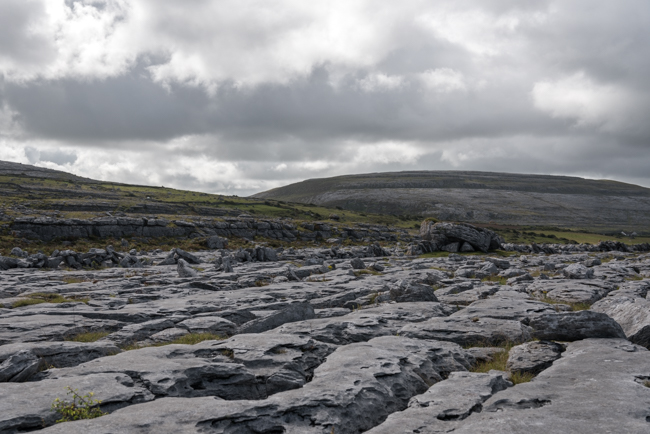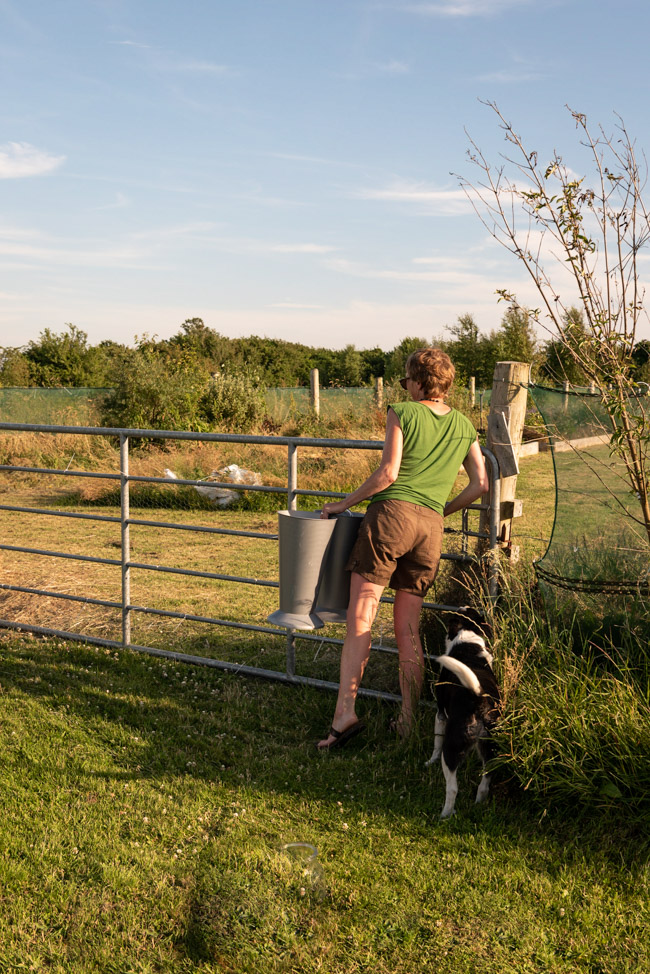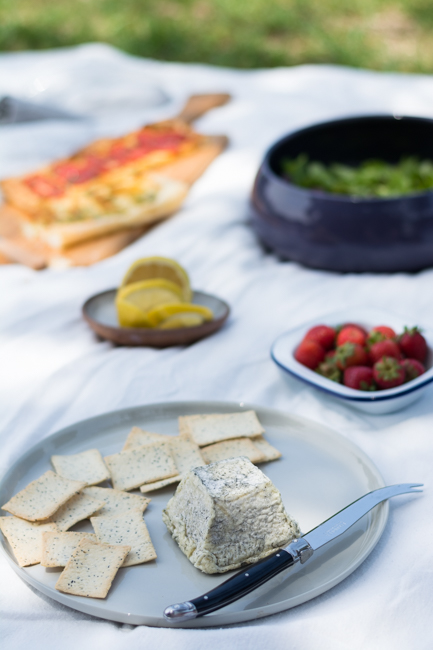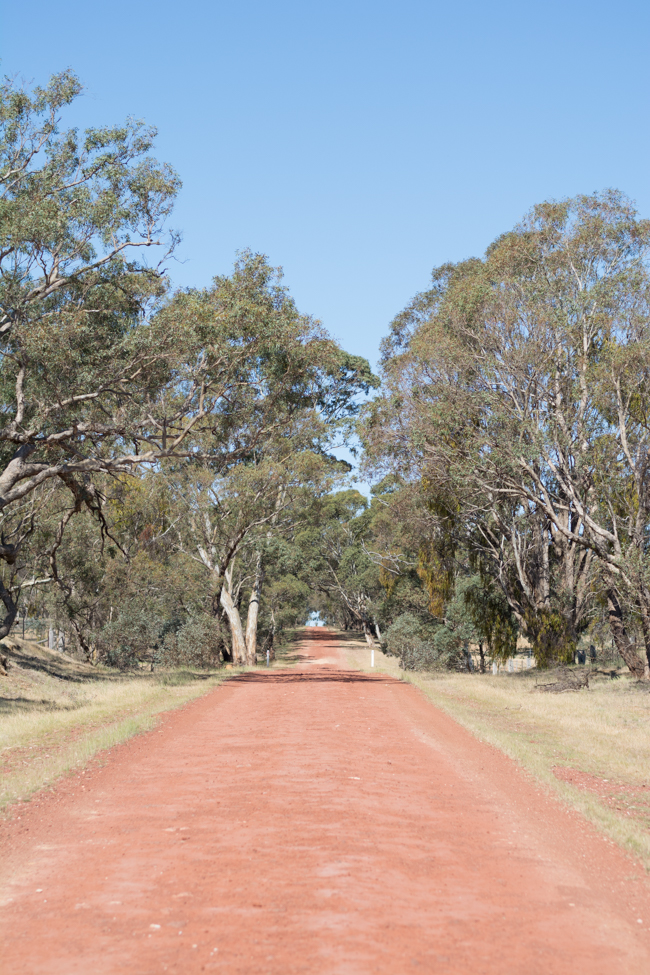The Burren in between
I first visited the Burren region of Ireland last year and it really took hold of me. So much so that when it came to time to leave, I had a wrenching feeling and didn’t want to go. I couldn’t explain why exactly, but it was so powerfully visceral, I had to take notice.
This part of north County Clare is where the Burren’s limestone hills meet the sometimes wild weather coming in from the Atlantic. There is great drama to take in – from the waves crashing against the rocks to the sand dunes’ grasses waving in the wind whipping off the water, and sunlight flaring across the bleakness of the limestone.
Tiny flowers and ferns grow in the protection of the limestone’s grikes and whitethorn trees grow low and bent in the direction of the westerly gusts. Dry stone walls delineate fields and farms, and are carefully constructed with openings to allow the wind to blow through them.
Walking high on the ridgelines and along green roads on a clear day you can see across the bay to the Aran Islands and the mountains of Connemara.
Mobile homes at the caravan park shelter behind the dunes at the beach. Their rectangular silhouettes placed at angles to brace against the wind, like tanks on a battlefield; the lighthouse too.
The mystical, pulsing vitality of this place gets under your skin. It did mine. After spending just a week here immersed in its landscape, poetry and music, I knew I wanted to return.
There’s something thrilling about tasting the breadth and diversity of the world that I wouldn’t want to give up. But there’s also a lot to be gained from devoting time and attention to the richness of one place and your encounter with it.
In a region like the Burren, there are layers revealed by steeping yourself in it, whether in one block of time or by returning across the seasons and the years.
When I came back here last year, I was in a liminal space having quit my corporate job and city life, and feeling my way into a new one. I planned to stay for two months. I would rent a house so I could cook and have my own space. I would write and edit in the mornings and go hiking in the afternoons. I knew some people from my last visit so I wouldn’t be completely alone, but I did think it would be a quiet time spent largely in solitude, which is what I thought I needed.
These photographs were taken during the early days. They are dear to me because they reflect back to me the openness and curiosity of that time, of grounding myself in this place. I began to shift my orientation from walking through the landscape, to immersing myself in the place. I tuned into what was around me and noticed details I might otherwise miss. I covered much less ground and discovered more.
With my openness, I frequently encountered warm and generous people, who welcomed me into their lives and communities in ways I could never have expected. Opportunities opened up all the time and I ended up having a busy social life, which included meeting my husband!
As summer turned into autumn, I witnessed the change of seasons in the landscape and light. Now that I have returned to live here, I’m fortunate to explore its different faces across the year.
One advantage of being a foreigner is that everything is experienced for the first time and with wonder, rather than the closed complacency of the familiar. And yet, I believe that the invitation is always there, wherever we are. Home can be place we inhabit with wonder just as much as somewhere new, but it is more likely to be subtler as we experience its shifts more gradually.
It seems the key is our perspective and willingness to open ourselves to experiences with curiosity. For me creative practices help with this, like photography, writing, growing and foraging food and flowers, cooking and preserving, as well as the mindfulness of walking. Anything that tunes me into the rhythm of nature and its seasons. What about you?





































































